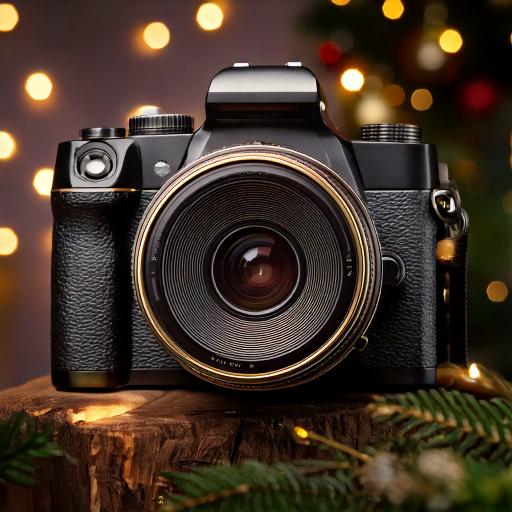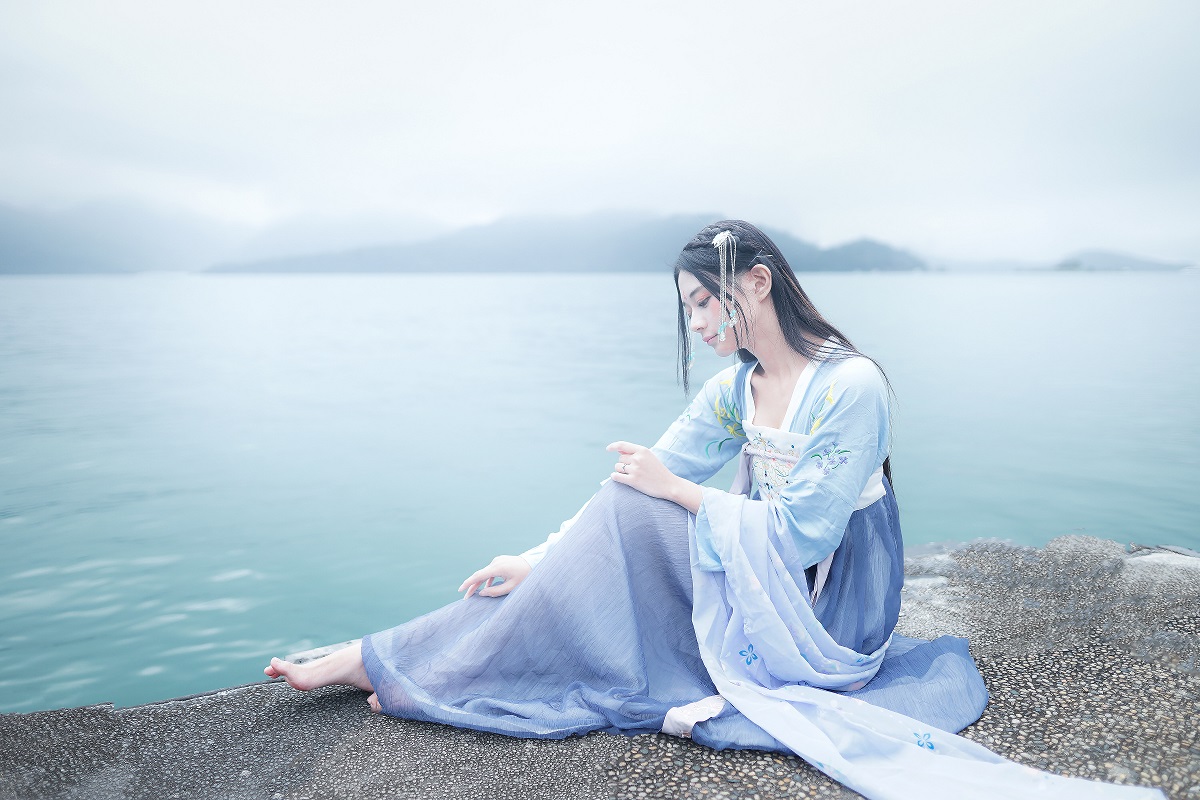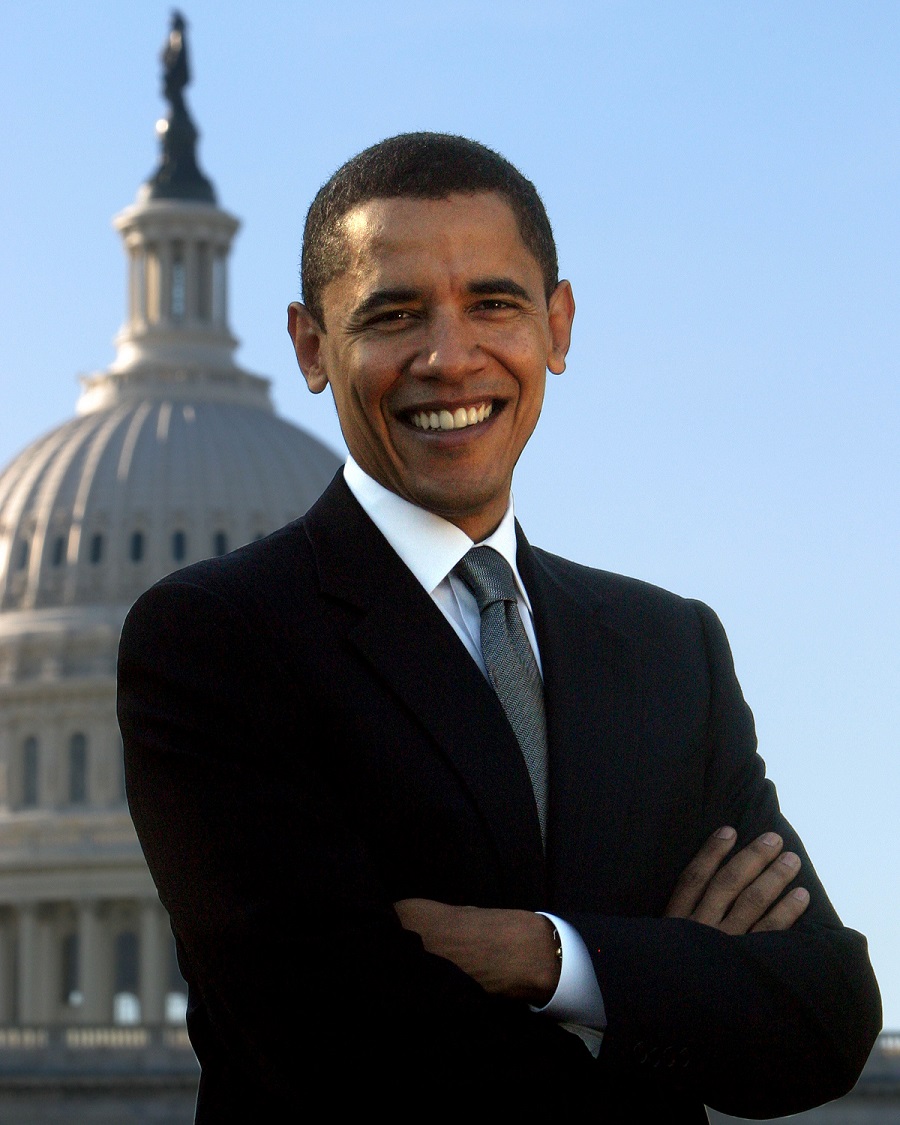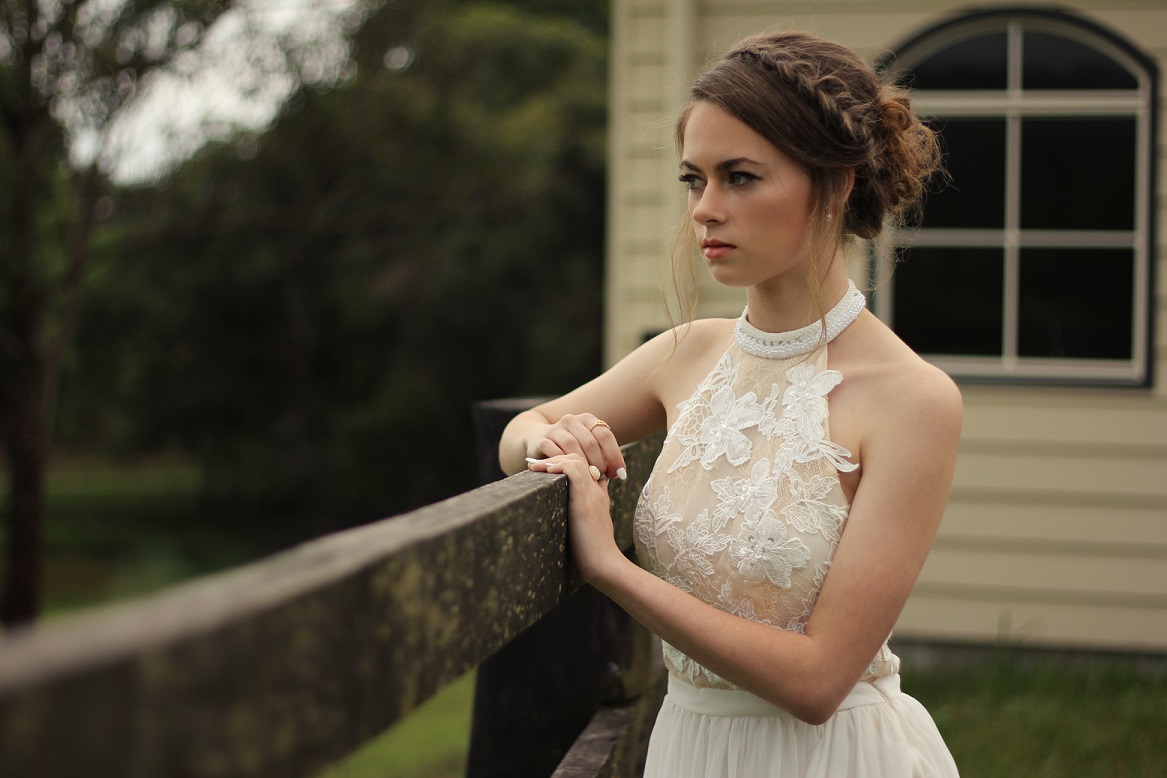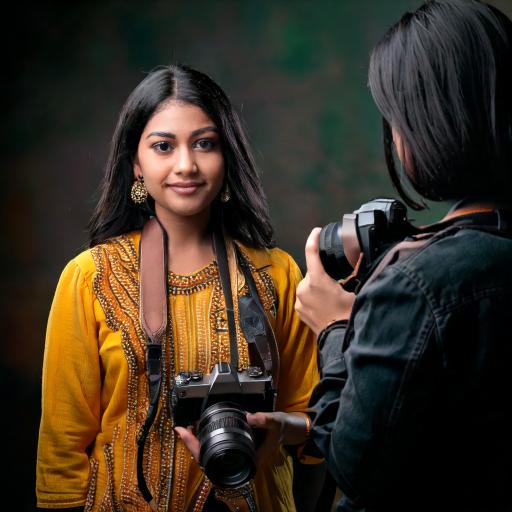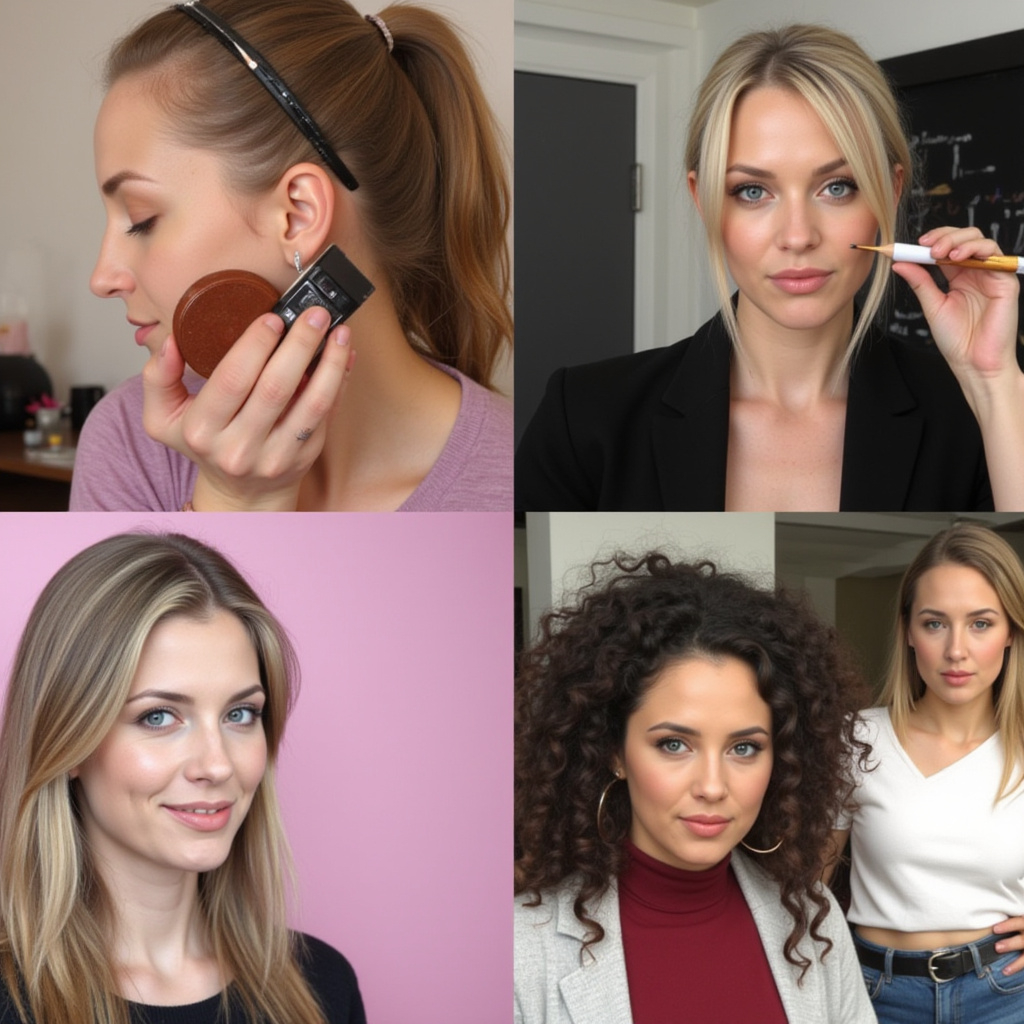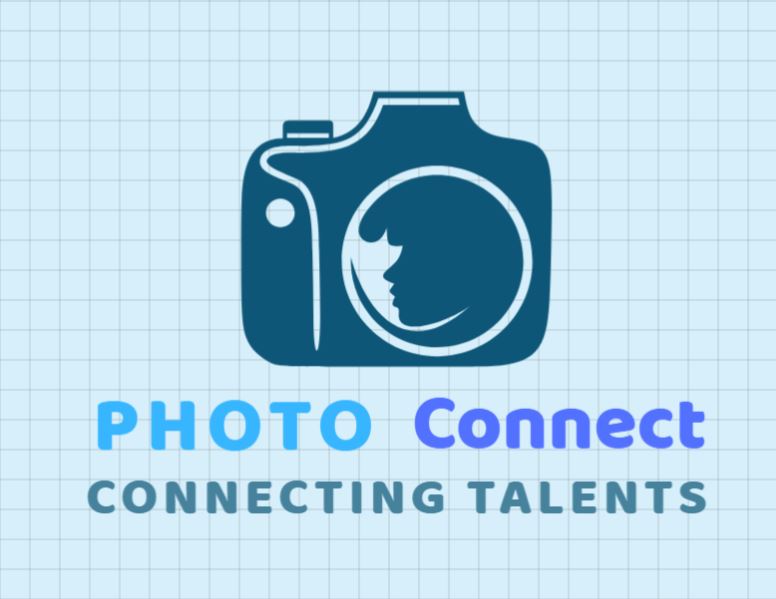Fashion and portrait photography demand gear that can capture stunning detail, beautiful skin tones, and work seamlessly in various lighting conditions. 2025 brings exciting advancements in camera technology, and choosing the right equipment can significantly elevate your work. This guide breaks down the best camera gear for fashion and portrait photography in 2025, covering cameras, lenses, lighting, and accessories.
I. Cameras: Full-Frame vs. Crop Sensor
The debate continues, but for professional fashion and portrait work, full-frame cameras generally hold the edge. Their larger sensors offer superior low-light performance, shallower depth of field (for that creamy background blur), and better dynamic range (capturing detail in both highlights and shadows). However, crop sensor cameras are still viable, especially for budget-conscious photographers or those prioritizing portability.
A. Top Full-Frame Cameras:
- Canon EOS R5 Mark II (Predicted Release/Rumored): Building on the R5's success, the Mark II is rumored to offer even higher resolution, improved autofocus, and enhanced video capabilities, making it a potential powerhouse for high-fashion shoots.
- Sony Alpha 1: A flagship camera boasting incredible speed, resolution, and dynamic range. Ideal for fast-paced fashion shoots and situations demanding the highest image quality.
- Nikon Z9: Nikon's mirrorless flagship is a strong contender, particularly known for its robust build, excellent autofocus, and impressive image stabilization. A great choice for photographers working in challenging environments.
- Leica SL3 (Predicted Release/Rumored): Leica is known for its image quality and build. If rumors are true, the SL3 may be the best for those who prioritize image quality and manual controls.
B. Top Crop Sensor Cameras (Excellent Value):
- Fujifilm X-T5: Fujifilm's X-series cameras are beloved for their retro styling and excellent image quality. The X-T5 is a great all-around option with a high-resolution sensor and advanced autofocus.
- Sony a6600: Sony's top-of-the-line crop sensor camera boasts excellent autofocus, in-body stabilization, and impressive video capabilities, making it a versatile choice.
II. Lenses: The Key to Stunning Portraits
Lenses are arguably even more important than the camera body. They determine image quality, perspective, and bokeh (the background blur).
A. Essential Portrait Lenses:
- 85mm f/1.4 (or f/1.8): A classic portrait lens offering a flattering focal length and beautiful background blur. Perfect for headshots and close-ups.
- 50mm f/1.4 (or f/1.8): A versatile lens that can be used for a variety of portrait styles, from environmental portraits to full-body shots.
- 135mm f/2: Ideal for compressing the background and creating a dramatic, shallow depth of field. Excellent for outdoor portraits and fashion shoots.
- 24-70mm f/2.8: A workhorse zoom lens that covers a wide range of focal lengths, making it convenient for on-location shoots where you need flexibility.
B. Fashion Photography Lenses:
- 70-200mm f/2.8: A must-have for fashion photographers, allowing you to shoot from a distance and capture dynamic poses and details.
- Wide-Angle Lenses (e.g., 24mm, 35mm): Useful for capturing environmental portraits, editorial fashion spreads, and creating a sense of scale.
III. Lighting: Shaping the Light, Shaping the Image
Lighting is the cornerstone of professional photography.
A. Studio Lighting:
- Strobe Lights: Powerful and versatile, strobe lights are essential for studio work. Invest in a good quality strobe kit with modifiers like softboxes, umbrellas, and beauty dishes.
- Continuous Lighting (LED Panels): Increasingly popular due to their versatility and affordability. LED panels are great for both photography and video.
B. On-Location Lighting:
- Speedlites (Flash Guns): Portable and powerful, speedlites are essential for on-location shoots. Consider investing in multiple speedlites and wireless triggers for off-camera flash.
- Modifiers: Portable modifiers like softboxes, umbrellas, and reflectors are crucial for shaping the light from your speedlites.
IV. Accessories: The Supporting Cast
- Tripod: Essential for sharp images, especially in low light or when using longer lenses.
- Memory Cards: Invest in fast and reliable memory cards to avoid data loss and ensure smooth shooting.
- Camera Bag: A good quality camera bag is essential for protecting your gear.
- Filters (e.g., Polarizing Filter, ND Filter): Filters can enhance your images and protect your lenses.
- Reflectors: Essential for bouncing light and filling in shadows.
V. Making the Right Choice:
The best camera gear for you will depend on your specific needs, budget, and shooting style. Don't be afraid to rent equipment before you buy to try it out and see if it's the right fit. Remember, the most important thing is not the gear itself, but how you use it to create compelling images.
VI. Future Trends:
- Continued advancements in autofocus: Expect even faster and more accurate autofocus systems in 2025 and beyond.
- Higher resolution sensors: Camera manufacturers are constantly pushing the boundaries of resolution, allowing for even more detail in your images.
- Improved low-light performance: Expect cameras to perform even better in low-light conditions, opening up new possibilities for shooting in challenging environments.
- Integration of AI: Artificial intelligence is playing an increasingly important role in photography, from autofocus to image processing.
By staying up-to-date with the latest technology and investing in the right gear, you can take your fashion and portrait photography to the next level in 2025 and beyond.

